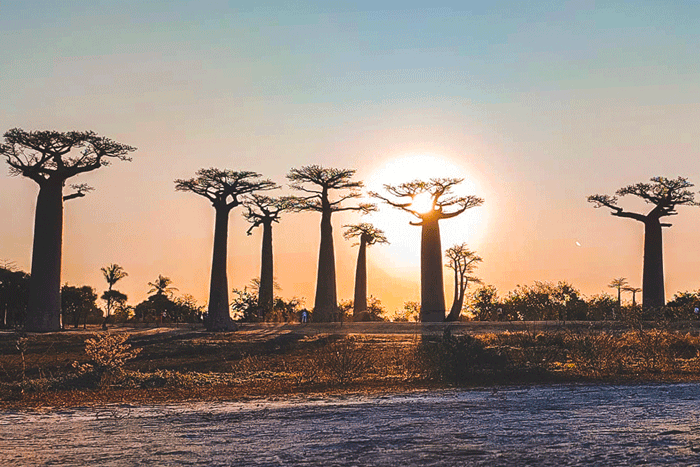When to visit Madagascar
Often considered part of Southeast Africa, Madagascar stands as a world of its own. This mystical little island is endowed with rich biodiversity and a diverse culture, thanks to its multi-racial people. Knowing when to visit Madagascar is crucial for your travel experience, as it allows you to arrive at the right time depending on the theme of your visit. In this guide, we’ll provide you with essential information to plan your escape to Madagascar according to your needs.
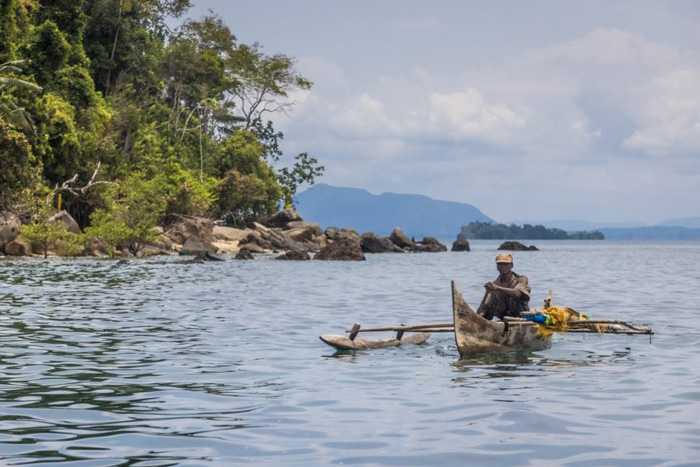
The Dry Season: The Best Time to Visit Madagascar
The dry season, extending from May to October, is often regarded as the best time to visit Madagascar. During this period, the weather is usually sunny and dry, with pleasant temperatures ranging between 28 and 32 degrees celsius. This season is perfect for a variety of outdoor activities, including hikes through spectacular landscapes, visits to national parks where wildlife and flora are more easily observed, and relaxing days on the island’s idyllic beaches.
Diverse Regional Climate:
Madagascar has a diverse climate palette, influenced by its geography different from Africa.
East Coast : The eastern coast is characterized by a more humid climate. The rainy seasons extend from December to April, and from June to August. However, there are calmer periods, especially in May, September, October, and November, where the climate is milder yet still humid. The eastern part is ideal for exploring a rainforest.
West Coast : Contrary to the east coast, the west coast, particularly around Toliara, enjoys a dry and sunny climate almost all year round. This region is made for those looking to escape the rain and enjoy the pristine beaches and long sunny days.
North Coast: The north coast of Madagascar is characterized by a warm and tropical climate. Temperatures are high throughout the year, with a rainy season from November to April. This region is famous for its many beautiful beaches and coral reefs.
South Coast : The south coast has a semi-arid climate. Temperatures are generally high, but precipitation is rare. This region is known for its desert landscapes, numerous national parks, and endemic wildlife.
The Threat of Cyclones:
An important consideration "not to be overlooked" when planning your trip to Madagascar is the cyclone season, which lasts from mid-December to mid-April. During this period, it is advisable to avoid certain areas, especially the east coast, and the north and south of the island, which are more likely to be affected by cyclones. Although they do not occur every year, they can have devastating consequences on these regions.
Tourist Traffic and Seasons:
It's also important to consider the different tourist seasons in Madagascar : Low Season (January, February, March, and June) is the least frequented by tourists, which can be advantageous for those looking to avoid crowds. Mid-Season (April, May, and September) offers a balance between pleasant climate and moderate tourist traffic. High Season (July, October, November, and December) and the peak season (August) are the most popular periods, with higher tourist traffic.
Need assistance?
Do not hesitate to contact our Madagascar specialists

Lemurs Meeting
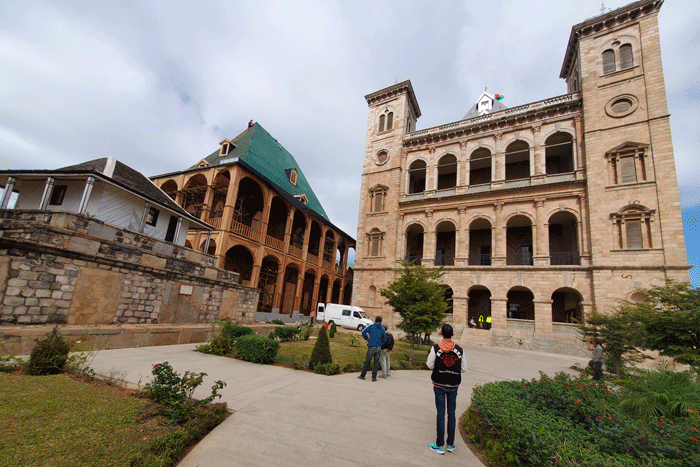
Antananarivo day tour
Other travel guides that may help you
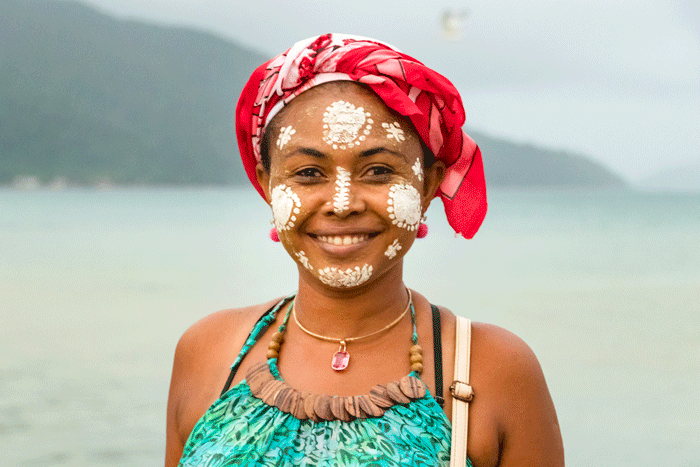
Learning Malagasy
Learning the Malagasy language can be a useful way of communicating.
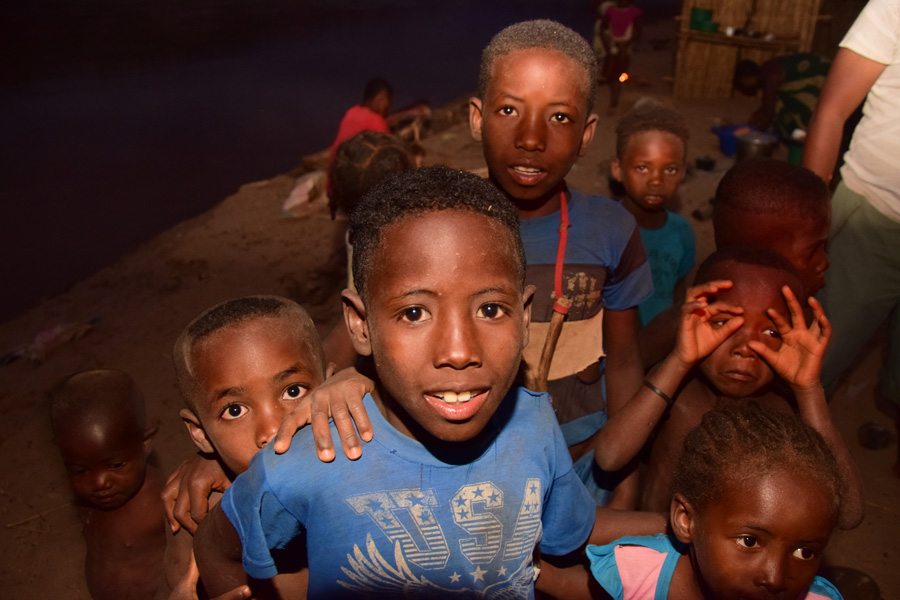
Getting on well with the Malagasy people
It’s also important to get along well with the local population.
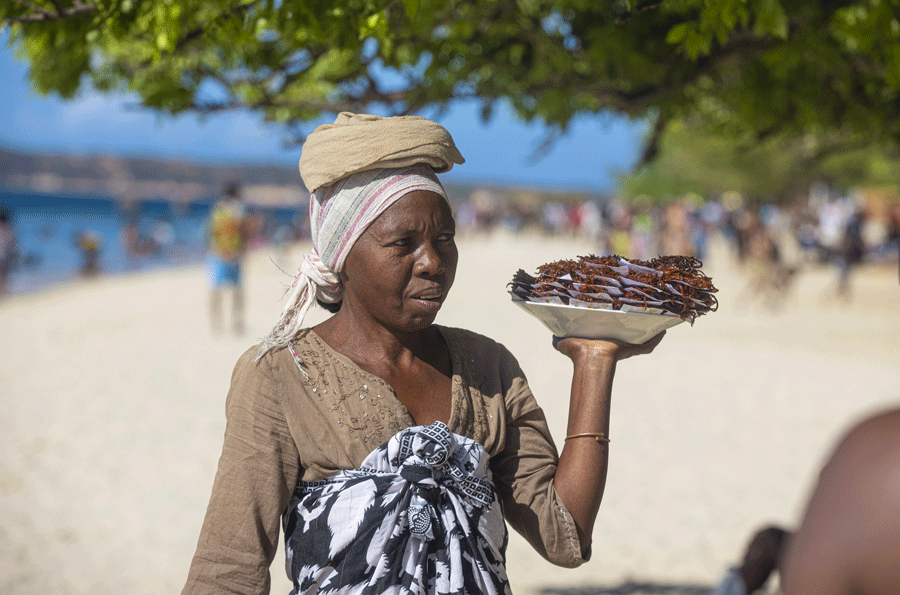
The Fady to respect in Madagascar
Fady or taboos play an important role in Madagascan society.

